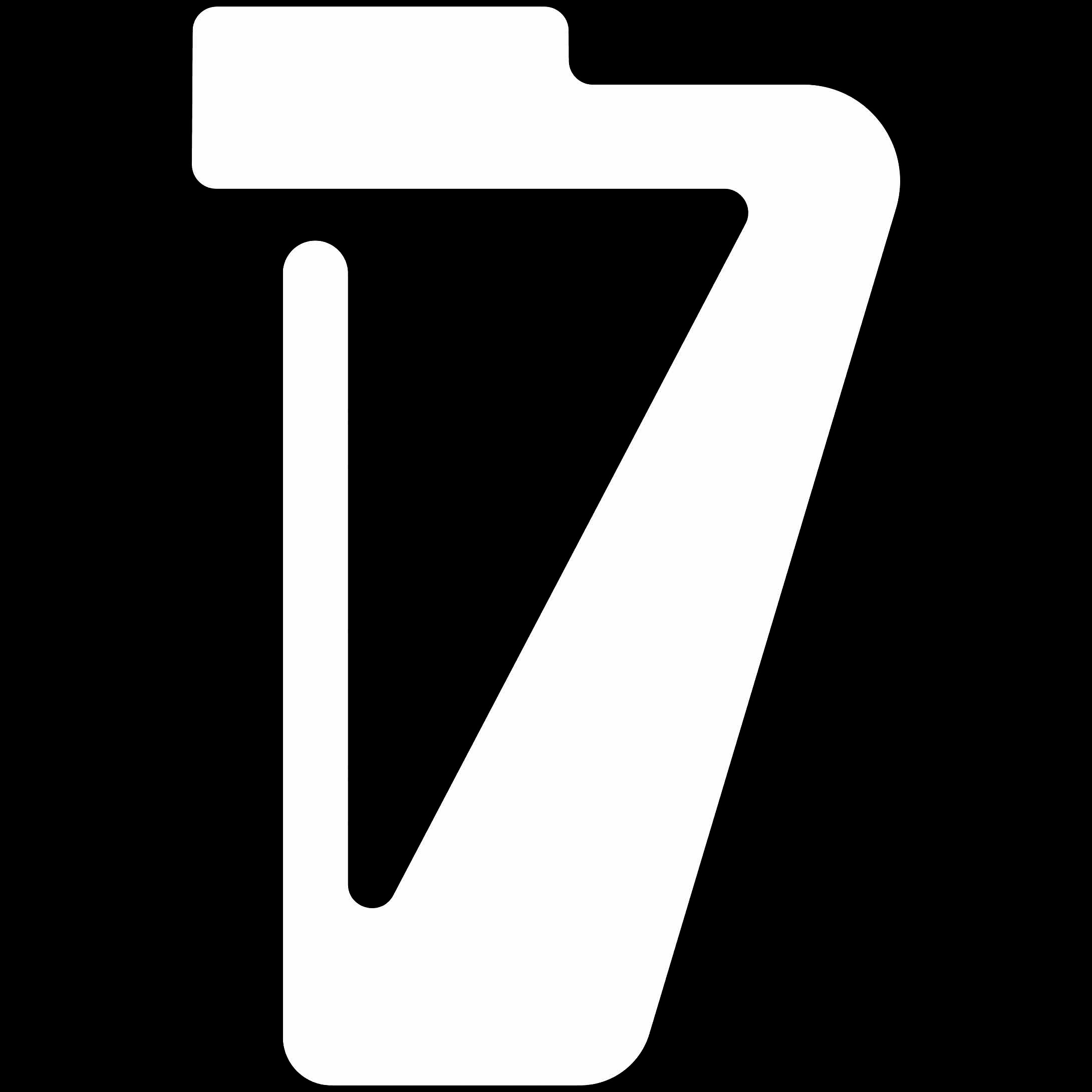Marson John - Harp quartets series - Santa Lucia
8,00 €
TTC
Rupture de stock
Livraison rapide
Paiement sécurisé
Contact
Par téléphone : + 33 1 43 80 01 56
Par mail : boutique@harpebudin.com
Détails
Formation : Pour 4 harpes
While it has been claimed that there existed a harp witi a pedal mechanism before 1700 it was Sebastien
Erard's double-action harp of 1810 which was to become the standard form of the instrument. Since it so
successfully overcame some of the limitations ofthe old simple harps it might have been expected to supp-
lant them completely.
It was not to be. Today the harp without pedals finds itself increasingly in vogue, both for use by folk
performers and as a teachjng instrument. Its possibilities for solo work are obviously restricted, but several
harps in ensemble can be persuaded to produce musical effects of some subtlety and complexity.
In these twelve arxangements I have employed varied tunings so that while, for example, three harps are
wholly in the key of the piece, the other can supply additional notes for purposes of greater harmonic
richness, or indeed to render playable melodies which otherwise would be denied to the pedal-less harp. So
far as possible I have endeavoured to make the individual parts easy to play, so that groups of students
might be able to participate in joint music-making, thus affording them early opportunities to acquire
exporience of working with other musicians.
Teachers with fow or mol€ pupils will quickly recognize the value of material which can bring them
together for performance and study. Where the harp is taught in classes there will be a welcome for music
which can be played by several harpists at once: individual embarrassments and nervousness will be some-
what allayed.
In two rcspeots I have chosen not to make concessions to the player. There is a good deal of necessary
interweaving of parts, both for technical and tuning reasons. This has the effect, at times, of fragrnenting
the tunes. For this reason I have not attempted to supply phrase markings. The players themselves must
listen to one another at all times to ensure a good balance and to see to it that those parts predominate
which should. Secondly it will be noted that I use a wide range of keys and tunings. I urge that players
forget about those leve.rs, blades or other devices (if their harps have them) and tune the strings for each
piece. There are no changes during the course of any of these arangements.
Tuning is critical: harps must be checked, note against note, before beginning to play. There is no sound
so sour as that of an out-of-tune ha4r.
Lastly, there are few tempo, dynamic or other markings. This does not mean that everything should be
played at the same level, or be relentlessly metronomic. I have arranged the notes - the players will have
the pleasure of adding the music.
JOHN MARSON June 1979
EDTIIONS SALVI
Précédent
Suivant


















